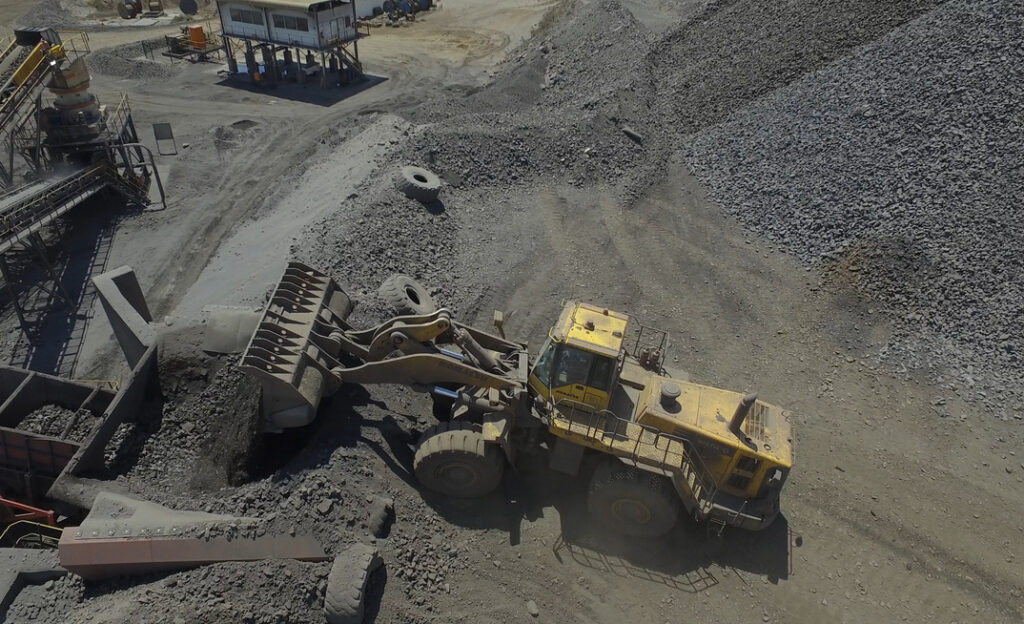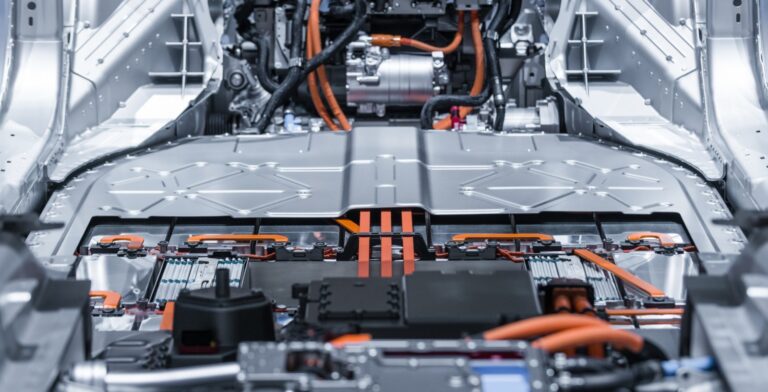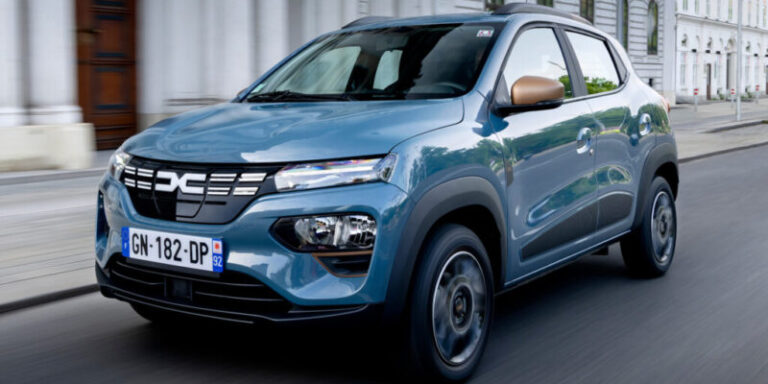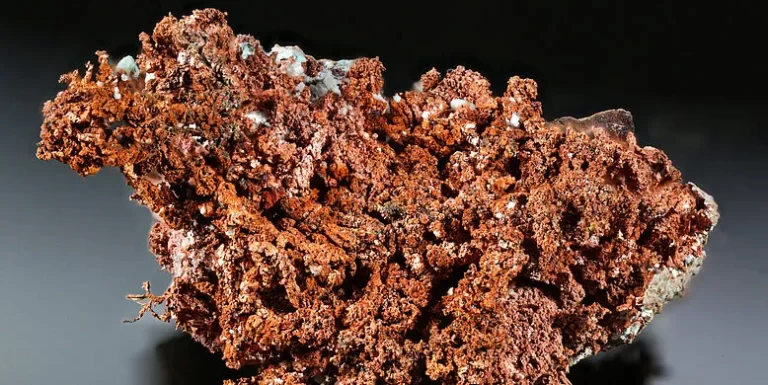
South Africa mines less than 2% of the world’s manganese, despite its abundant reserves. However, the key lies in processing and beneficiating this resource, as highlighted by Manganese Mining Company (MMC) CEO Louis Nel during the “Manganese – SA’s Critical Mineral” panel at the Joburg Indaba on October 3.
MMC currently produces around 80,000 tons per year of high-grade electrolytic manganese metal (EMM). Nel emphasized that while the mineral is abundant, its processed forms, such as high-grade manganese products, are in high demand—particularly because most of the world’s manganese processing takes place in China.
Despite the interest in manganese for electric vehicle (EV) batteries, McKinsey & Company senior partner Zak Gaibi cautioned that it is not yet classified as a critical mineral.
“The current supply is adequate for demand, and while its role in EV batteries is promising, it will take time before high-end uses surpass the traditional steelmaking applications,” he explained.
South Africa’s manganese is among the highest grade globally, but a significant portion of the value lies in processing.
Gaibi noted that 60% to 65% of current costs come from the supply chain and logistics, and reducing these costs is crucial to remaining competitive with China.
Nel sees potential in leveraging geopolitical shifts to advance local manganese beneficiation. MMC, the only producer of high-grade EMM outside of China, has been processing manganese for 50 years and is operating at full capacity.
The company plans to start producing high-grade manganese sulfate from locally mined ore by 2026, aiming to break ground on the project in 2025.
However, the transition from mining to producing sulfate and battery minerals requires more specialized chemical expertise than South Africa currently possesses.
Lemogang Pitsoe, CEO of African Exploration Mining Finance Corporation (AEMFC), stressed the importance of partnering with international companies that can bring the necessary processing know-how to South Africa.
While manganese may not be classified as a critical mineral, Pitsoe called for the development of a policy for strategic and critical minerals, emphasizing that global players are not waiting for South Africa to catch up.
He also underlined the need to focus on the full manganese value chain, from mining to advanced processing.
Sihle Mdluli, African Rainbow Minerals (ARM) executive for new business development, pointed out that the downstream supply chain for manganese is influenced by factors like decarbonization and climate change, and these issues require careful consideration.
Collaboration with government and addressing logistics challenges, such as improving port operations, are essential for the sector’s growth.
On the energy front, the ferromanganese and ferroalloys industry has suffered from high electricity costs. Mdluli explained that ARM has developed technology to produce ferromanganese and ferrochrome more efficiently, with reduced electricity usage. “We hope this will help revive the industry,” she said.
Nel noted that countries like Indonesia and China offer models South Africa could replicate for manganese beneficiation. He warned that simply mining and exporting ore is not a sustainable model, and ARM has invested in direct smelting technology over the past decade, which is now ready for commercialization.
Technological innovation, according to Nel, will be crucial for South Africa’s manganese processing capabilities. MMC has partnered with the University of Limpopo and Innovative Manganese Technologies South Africa to develop new processing plants.
However, the rising cost of electricity, which now accounts for 40% of MMC’s overall expenses, poses a significant challenge.
Nevertheless, Nel expressed confidence in South Africa’s ability to innovate. “We have a specialized team of chemical engineers and a consistent pipeline of young talent.
With our partnerships and resources, we are well-positioned to lead the next phase of manganese processing,” he concluded.





